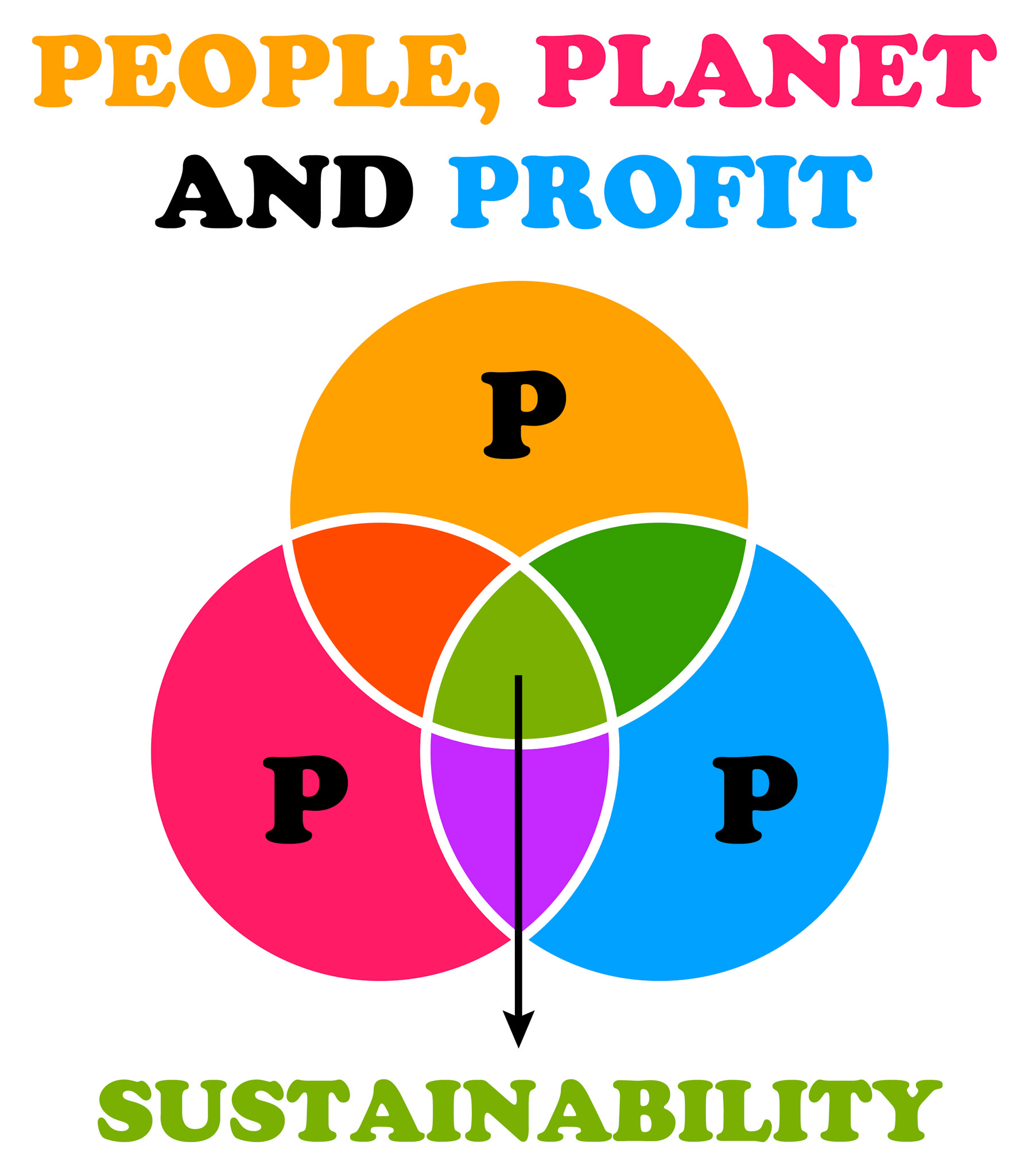The Imbalance of the Triple Bottom Line - Continued

desdemona72 / Shutterstock
If the triple bottom line is imbalanced (for example, the focus is on only the environment), what happens to the social dimension of our society? What happens to our diverse perspectives? If we do not involve diversity and inclusion in our decision making or in the classroom how can we work to enhance learning in sustainability and ultimately work together to achieve solutions for a global crisis that affects us all? A lack of diverse perspectives and cooperation towards solutions affects us all.
Incorporating the perspectives of learners, stakeholders, and community members with diverse backgrounds into designing a curriculum is a key factor in strengthening the social dimension of sustainability and experiential learning methods (ie. Groulx et al., 2020; Kioupi and Voulvoulis, 2020; Lidstone et al. 2015; Martinez-Buján et al., 2020; O'Brien & Sarkis, 2014; Savage et al., 2015
Consider this. Stone (2021) indicates that “majority of students expressed concerns with financing their tuition, food, and housing. Seventy-six percent were concerned about paying tuition, 56% were concerned about financing their housing needs and 53% were concerned about paying for food. Approximately 1 in 4 students are “very concerned” about each category” (p. 32).
If we do not include the economic dimension into sustainability, how can we learn how to minimize debt and enhance our economy to meet our survival needs and those for the next generation – or next seven generations?
To consider another example of how you could integrate sustainability into the classroom, proceed to the next section. Or, you can navigate back to the main page to explore more.